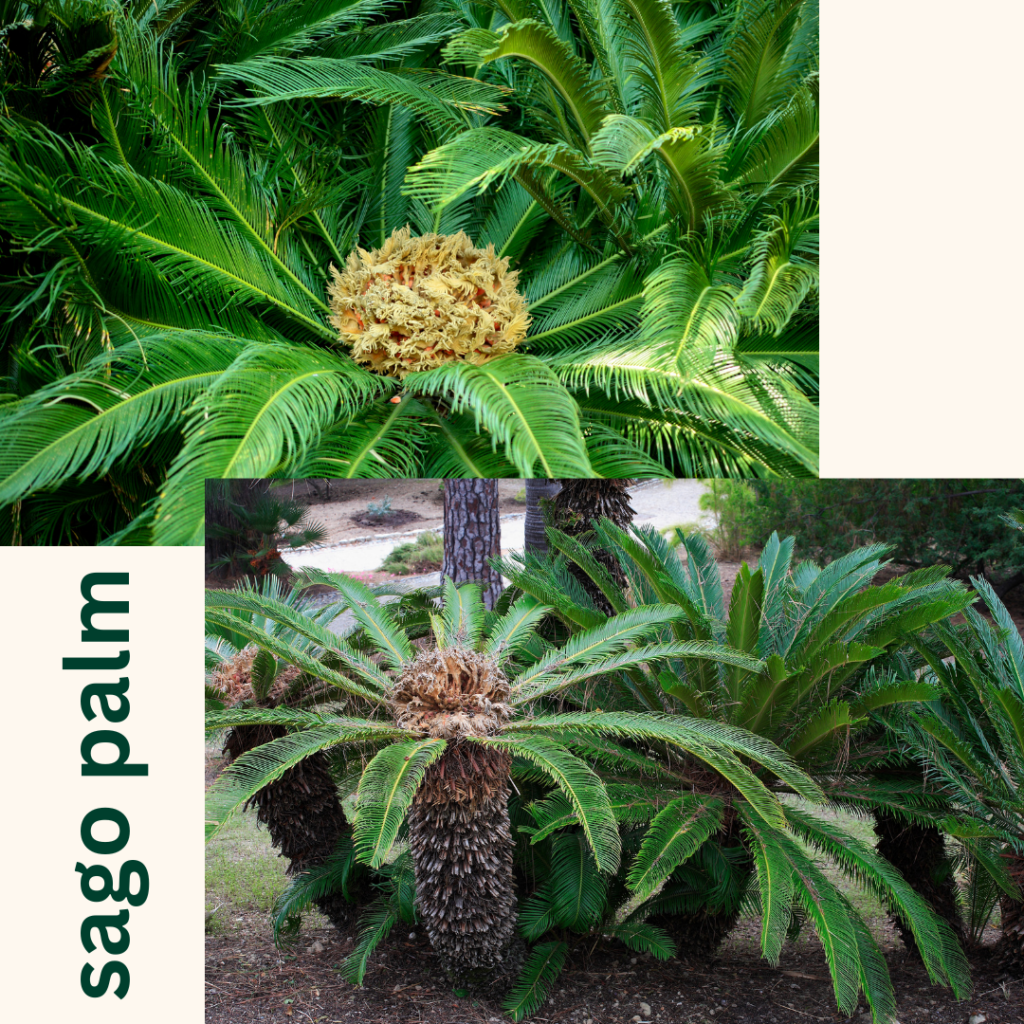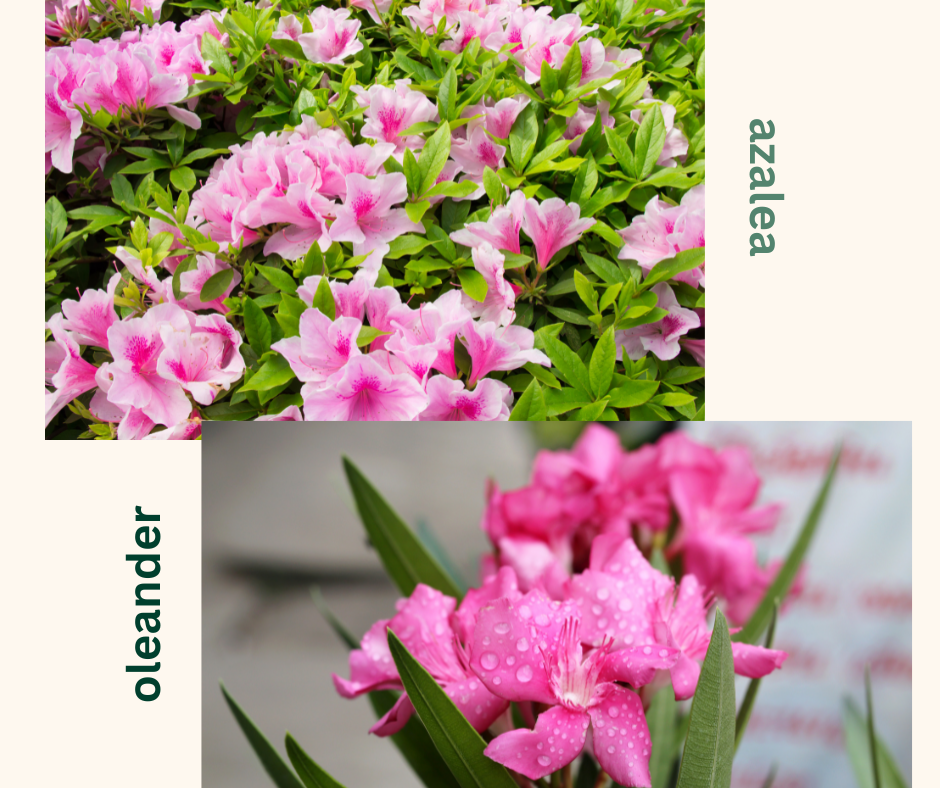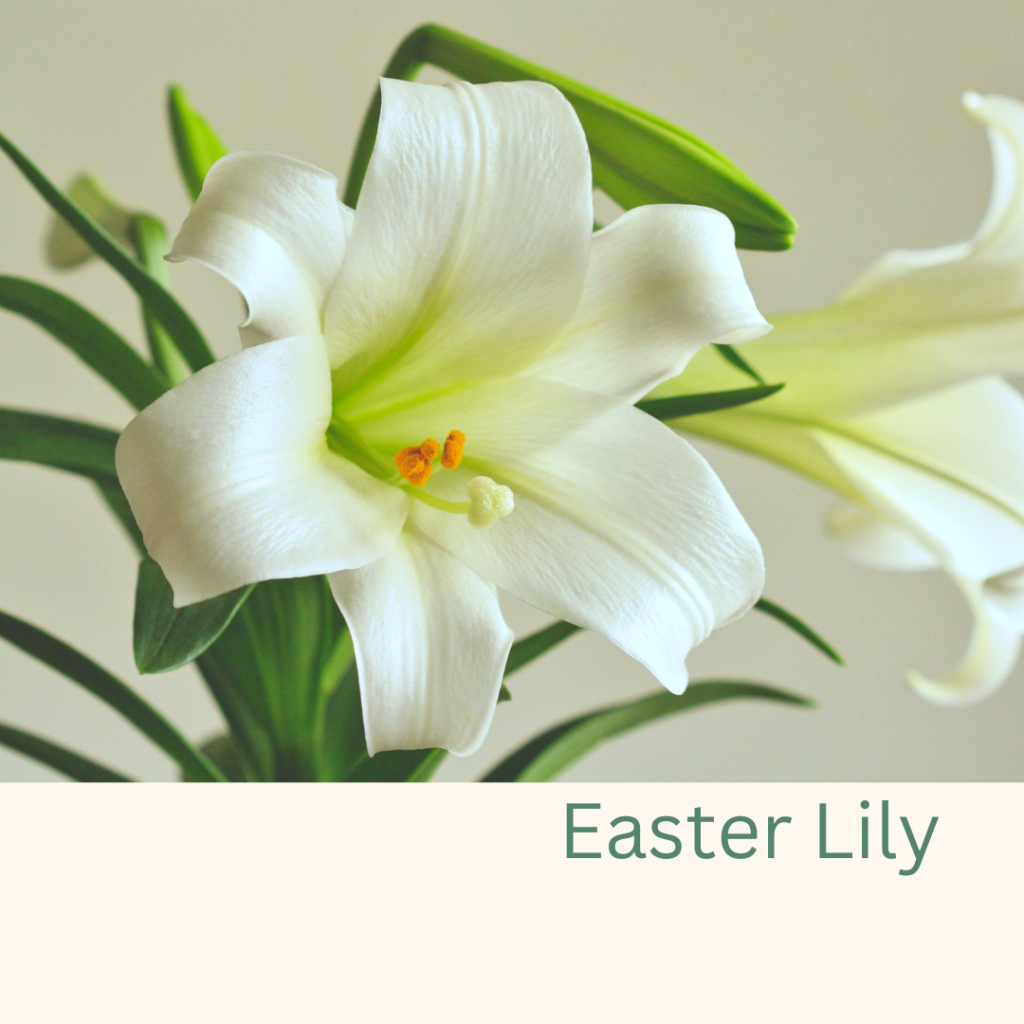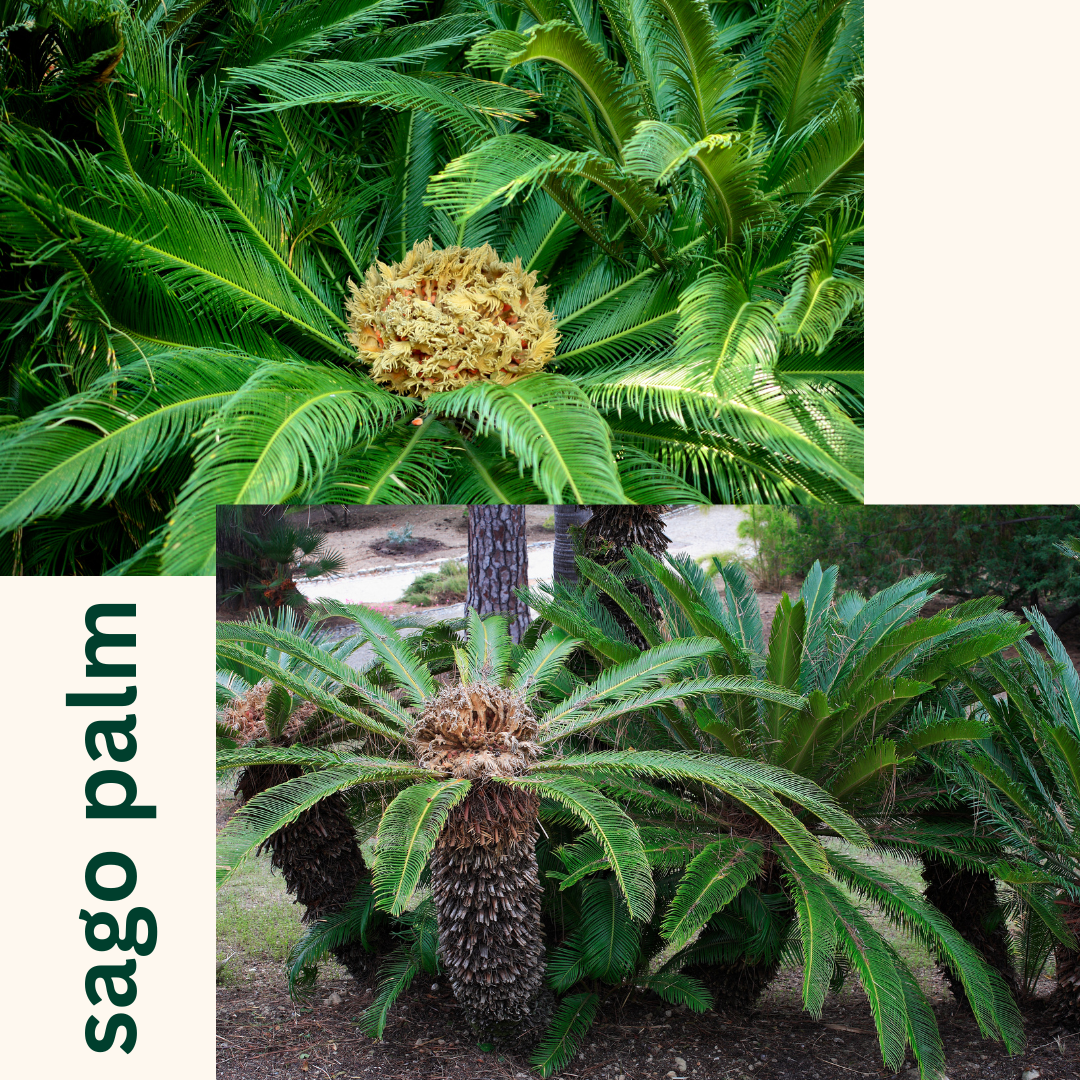Gulf Breeze toxic plants are a concern for pet owners. As a Gulf Breeze veterinarian, one of the most common pet emergencies we see is due to toxic plant ingestion. Many pet owners are unaware of the danger that common plants in their yards and homes pose to their furry friends. It’s essential to understand which plants are toxic and the steps to take if your dog or cat encounters them.
Common Toxic Plants
The Gulf Breeze area is home to many plants that are dangerous to pets. Gulf Breeze toxic plants include Sago Palm, Oleander, Azaleas, Lilies, Philodendron, and Lantana.
- Sago Palm is a toxic plant that is hiding right under our nose. It causes life threatening disease in dogs and cats. It generally quickly leads to gastrointestinal signs, liver disease, bleeding disorders and death if not addressed immediately. My advice is if you have these in your yard, get rid of them! Don’t forget to dig up all of the seeds as they are very toxic as well. This part can be challenging, but worth it as it may prevent a scary situation with your pet.

- Azaleas contain a toxin called grayanotoxins, which can lead to gastrointestinal distress, seizures, and even death.
- Oleander is a shrub commonly used in landscaping that contains toxins that can cause vomiting, diarrhea, and heart problems.

- Lilies are another dangerous plant for cats, as they can cause kidney failure. There are many types of lilies that are extremely toxic, such as the Easter Lily, Japanese Lily, Stargazer Lily, Tiger Lily and Daylilies. The ASPCA site has a lot of information about other types of lilies to avoid and what they look like.

Seek treatment immediately
If you suspect your pet has ingested any of these plants or any other toxic substances, seek veterinary care immediately. The quicker you act, the better chance your pet has of surviving. Symptoms of plant toxicity may vary depending on the plant ingested, but common symptoms include vomiting, diarrhea, lethargy, loss of appetite, difficulty breathing, and seizures.
Prevention
Prevention is always the best course of action. As a pet owner, it’s crucial to identify any toxic plants in your home and yard and remove them. Additionally, if you are unsure if a plant is toxic, it’s best to err on the side of caution and remove it. Keep your pets away from any areas where toxic plants may be present.
If you have indoor plants, ensure they are placed out of reach of pets. Keep in mind that cats are particularly curious and may jump on high shelves to investigate plants. Hanging plants may also be tempting for pets to play with, so it’s best to keep them out of reach as well.
In conclusion, knowing which plants are toxic to pets and taking steps to prevent exposure is essential for pet owners in Gulf Breeze. If you suspect your pet has ingested a toxic plant, seek veterinary care immediately. By taking preventative measures, you can keep your pets safe and ensure they live long, healthy lives. Remember, when in doubt, it’s always best to remove a plant rather than risk your pet’s health.
Contact us/Resources
Give us a call if you would like to talk more about toxic plants or are concerned that your pet has ingested one! The ASPCA website has a lot of information on toxic plants if you would like to reference their site.
Leave a Reply
Copyright 2022 | All Rights Reserve Gulf Breeze Animal Hospital is part of MCCLURE VETERINARY SERVICES, P.L.L.C.
